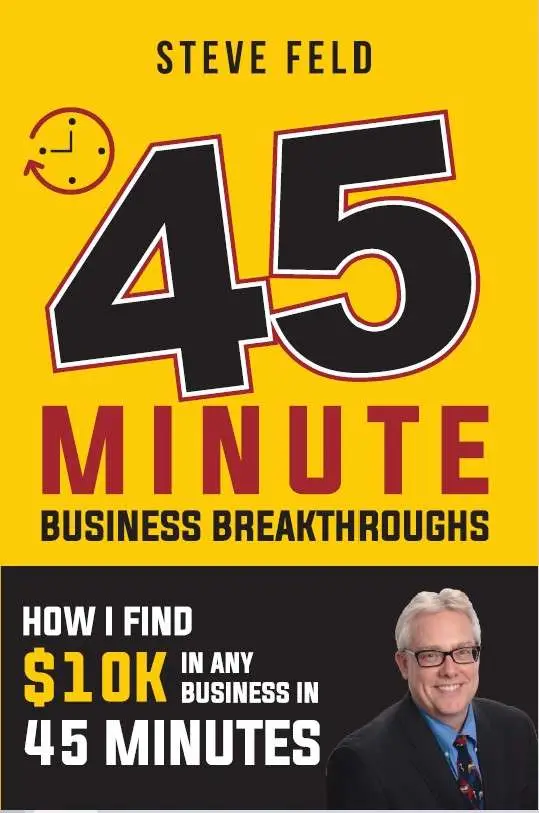How can leadership training help YOUR bottom line?
By Steve Feld|2024-08-11T23:56:23-07:00May 23, 2024|Categories: Business, Coaching, Leadership|Tags: Change, Leadership, Owner, success|
Time Management Test
By Steve Feld|2024-08-12T00:05:14-07:00April 24, 2024|Categories: Business, Coaching, Leadership|Tags: Business, Leadership, Owner, success|
Difficult Conversations – Use your coaching skills
By Steve Feld|2024-08-11T23:50:46-07:00March 7, 2024|Categories: Business, Coaching|Tags: Business, Coaching, Owner|
What did you learn in 2023?
By Steve Feld|2024-08-11T23:44:05-07:00December 28, 2023|Categories: Business, Leadership|Tags: Business, Coaching, Growth, Leadership, Owner|
Successful Activities for Growth
By Steve Feld|2024-08-11T23:41:17-07:00December 14, 2023|Categories: Business, Coaching, Leadership|Tags: Business, Growth, Owner, sales, success|
The Perceived Value of a Chamber
By Steve Feld|2024-08-11T23:31:17-07:00July 6, 2023|Categories: Business, Coaching, Entrepreneur, Sales|Tags: Business, entreprenuer, Growth, Owner|
Seven Idiot-Proof Marketing Strategies That Will Skyrocket Your Sales and Profits
By Steve Feld|2023-05-29T19:25:07-07:00June 1, 2023|Categories: Business, Coaching, Entrepreneur, Sales|Tags: Business, entreprenuer, Growth, Owner, sales, success|
TODAY!
By Steve Feld|2023-05-14T21:25:02-07:00May 18, 2023|Categories: Business, Entrepreneur, Leadership|Tags: Business, Change, entreprenuer, Leadership, Owner, success|
Building a Customer Pipeline
By Steve Feld|2023-04-30T21:49:00-07:00May 4, 2023|Categories: Business, Coaching, Entrepreneur, Leadership, Sales|Tags: Business, entreprenuer, Growth, Owner, sales, success|











